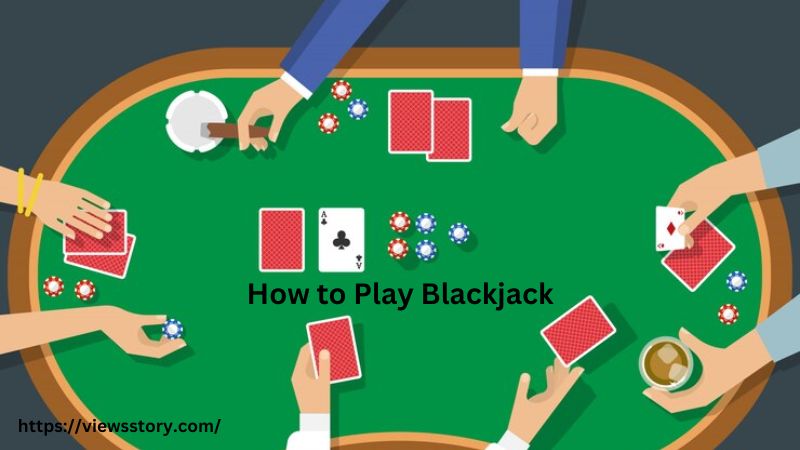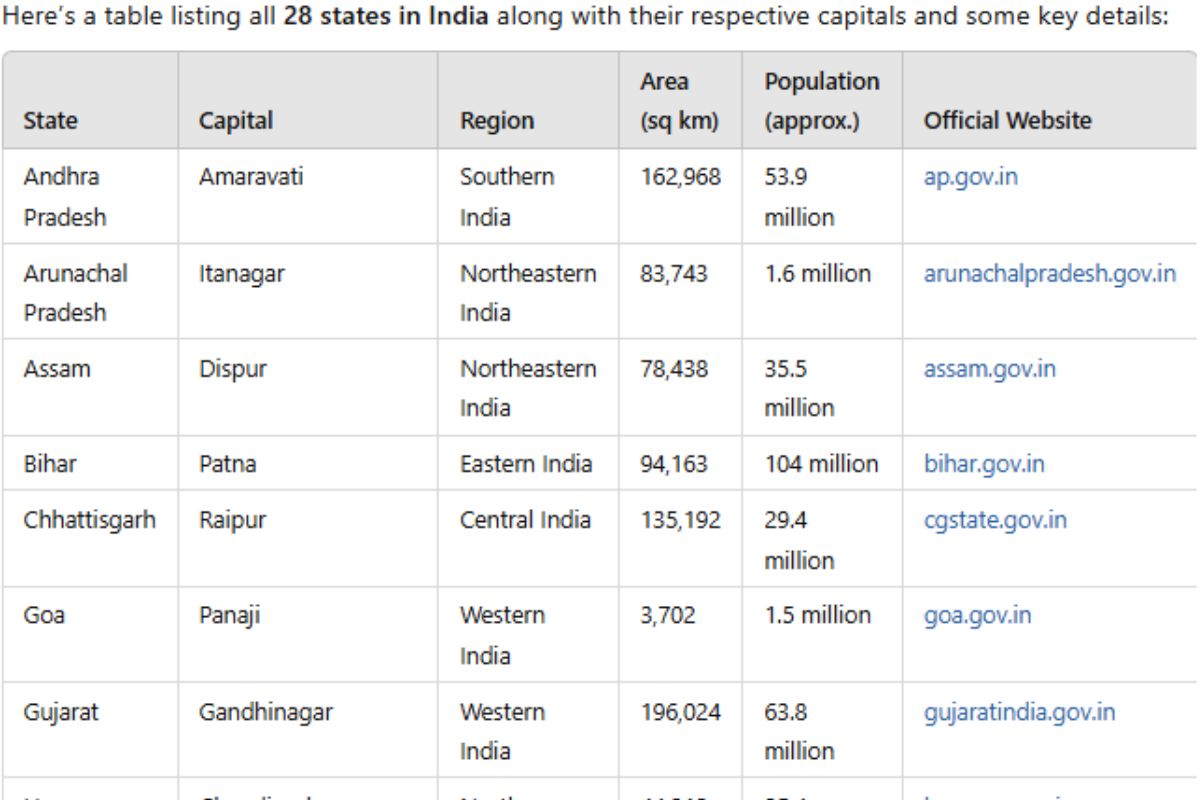
Blackjack, also known as 21, is one of the most popular and widely played casino card games in the world. Whether you’re a novice looking to learn the ropes or a seasoned player aiming to refine your strategy.
This guide will walk you through the basics of how to play blackjack with clear examples.
Objective of Blackjack
The primary objective of blackjack is to beat the dealer’s hand without exceeding a total card value of 21. In this game, each card has a specific value:
- Number cards (2-10): Face value
- Face cards (Jack, Queen, King): 10 points each
- Ace: 1 or 11 points (whichever is more advantageous for your hand)
Getting Started
- Setting Up: Find a blackjack table at a casino or play online. Ensure you have casino chips to place bets.
- Placing Bets: Before cards are dealt, place your bet within the table’s minimum and maximum limits. You will receive two face-up cards, while the dealer typically has one face-up and one face-down card.
Also Read : How Calories Are Calculated With Calculator
Playing Your Hand
Hitting and Standing
- Hit: If your initial two cards don’t total 21 and you want to add more cards to improve your hand, signal the dealer by tapping the table or saying “Hit.” The dealer will give you one additional card at a time until you decide to stand or your hand exceeds 21 (called a “bust”). Example: You are dealt a 6 and a 7 (totaling 13). You choose to hit and receive a 5. Your hand now totals 18, so you decide to stand.
- Stand: When you are satisfied with your hand and believe it’s strong enough to beat the dealer, signal by waving your hand over your cards, saying “Stand,” or simply nodding. You won’t receive any more cards.
Doubling Down
- Double Down: If you have a strong hand, you can double your initial bet and receive one more card. However, you must stand after receiving the additional card. Example: You are dealt an Ace and a 6 (totaling 17). You decide to double down, place an additional bet equal to your initial bet, and receive a 3, bringing your total to 20.
Splitting Pairs
- Splitting: If your initial two cards are of the same rank (e.g., two 7s or two 8s), you can choose to split them into two separate hands, each with its bet. This is allowed only once per round. Example: You are dealt two 8s. You decide to split them, placing an additional bet. You then play each 8 as a separate hand.
Surrendering
- Surrender: In some variations of blackjack, you may have the option to surrender and forfeit half your bet if you believe your hand is weak and the dealer’s face-up card is strong. Example: You are dealt a 16, and the dealer’s face-up card is a 10. You choose to surrender, and you receive half of your initial bet back.
Dealer’s Turn
After all players have made their decisions, the dealer reveals their face-down card and must follow specific rules:
- The dealer must hit if their hand is 16 or less and stand on 17 or higher.
Winning and Payouts
- If your hand beats the dealer’s without exceeding 21, you win even money (1:1) on your bet.
- If you have a blackjack (an Ace and a 10-value card) and the dealer does not, you typically win 3:2 on your bet.
- If both you and the dealer have the same total (a push), you get your bet back.
Tips for Success
- Learn basic blackjack strategy to make optimal decisions based on your hand and the dealer’s face-up card.
- Manage your bankroll responsibly and set limits on how much you’re willing to bet.
- Practice and gain experience by playing free online blackjack games before risking real money.
- Be mindful of casino rules and variations, as they may affect your strategy.
Now that you have a comprehensive understanding of how to play blackjack, it’s time to hit the tables and refine your skills. Remember, blackjack is a game of skill and strategy, so practice and patience are your keys to success. Good luck, and may your cards always be in your favor!





